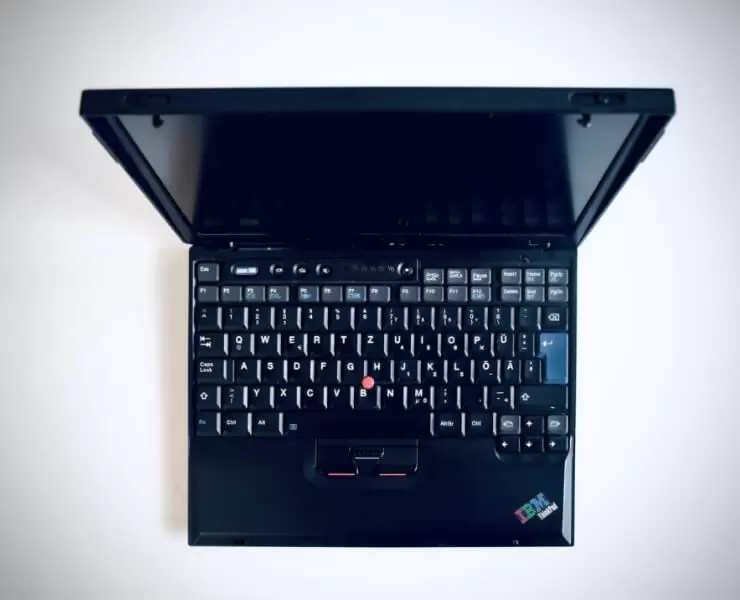Background
When it comes to selecting the right hardware for business, you do not always need to have deep pockets or get the most bang for the dollar with the highest hardware specifications available within your budget. All across our consulting associations, we see clients struggling with IT Hardware in businesses ranging from conventional mom-pops family businesses to Tech Startups.
Mis Management and Under Utilisation
Most common disparity visible in companies is the wide spectrum with iMacs at reception desks and MacBooks in Director bags to desktops running Windows XP on the accountant desk. At neither of the former two places these assets perform up to even 50% of their design capacity and if you were to calculate the ROI per dollar spent on processing power, it would be grossly under utilised.
The Problem Overview
Then you would find the mid-level staff frequently struggling with IT hardware as the budgets are spent based on cosmetics rather than hardware allocation based on need and usage. This results in not only high disparity of spending on IT hardware along with under utilisation of IT investment but also increases downtime and productivity loss from IT hardware struggles.
Absence of Understanding and Information
Usually being unaware about the difference between consumer and commercial laptops, they often select consumer laptops which offer higher Hardware Specification for same cost. But consumer laptops have numerous downsides like cheaper built quality affecting durability as well as survival from bruises, poor heat sink design limiting working hours at a stretch, large size with heavy weight making it difficult to handle and limited warranty, support and service coverage.
Once we had a consumer series laptop which would need a 20 minute nap to cool down after a 06 hour shift.
Need Assessment
Often laptop selection is based based on the position of the employee or associate with the budgets increasing in proportion to ranks. But this is completely opposite to the ideal situation. In reality the executives perform most of the work while the supervisors oversee and managers direct. Except in few cases where managers also perform technical work which requires special software demanding hardware specifications. Hence, with the execution happening down the line, the most utilised piece of hardware should be at the executive desk rather than the manager cabin.
Most Directors or Managers barely need a Laptop. And in 2020, even an entry level iPad is powerful enough to get them through their work day!
Hardware Selection
Once you understand the need, it is time to match it with the hardware. Most IT Hardware dealers would recommend the intel i5 line to match performance ability and ensure durability. However, based on our experience, when it comes to most office work including up to 5,000 rows or excel data – i3 8th generation or later does a fairly good job. While with durability, although processor is most expensive to replace, other parts such as motherboard and RAM also greatly affect durability. Hence, under estimating i3 and spending premium on i5 can lead to gross under utilisation and massive overspending.
Also, you can experiment with AMD, they make good processors! And even Apple will soon have their line up of the little silicone chip in stores.
Hardware Synergy
Although the generic theory has been to get the highest specification for the dollar, it is more about getting the right synergy. When you club the intel i5 processor with an HDD storage you just create a bottleneck with a hard drive storage that can process (per second) barely 20% of what the processor throws at it! Or using 4 GB RAM with 1 TB storage (you get big storage when you frequently work with large pieces of data), limiting your computer’s ability to actively work with data.
Wrong synergy is equivalent to having wrong ancillary equipment incapable of supporting the full capacity of your core production machinery.
Operating System
Although it is recommended for businesses to get the Windows Professional, unless you are a large company requiring device management and network customisations the investment is largely under utilised. And when it comes to using a Mac, you are okay as long as you are not handling certain file extensions which require windows-based processing software. Moreover, whether to opt for a device-based license or paper license depends on your upgrade cycle.
Select Windows, Mac, Red Hat, Ubantu, Raspberry pi or anything, but just please do NOT buy a Mac and use it to run Windows!
Also, your organisation’s upgrade policy and lifecycle cost management play a pivotal role in this decision. And if you want to understand details and save money by optimising your IT Hardware Costs or develop a Device / Hardware Acquisition Policy or SOP please feel free to connect.

